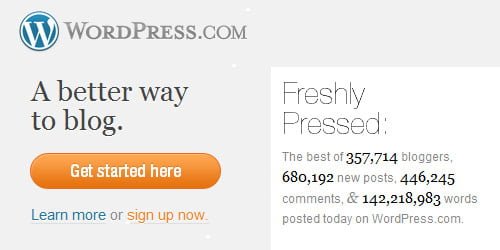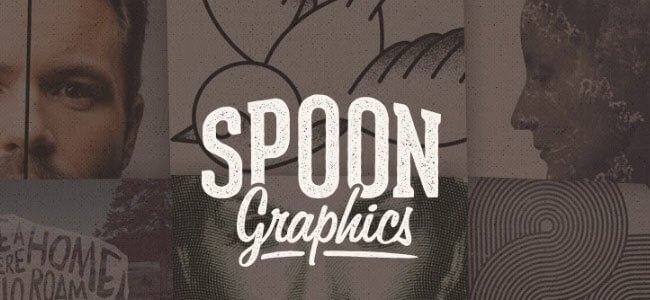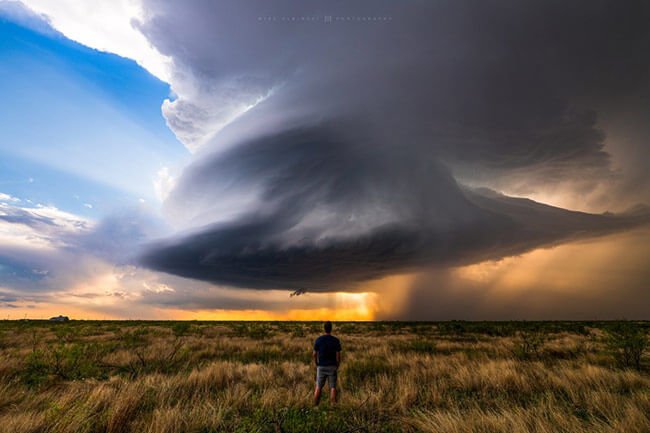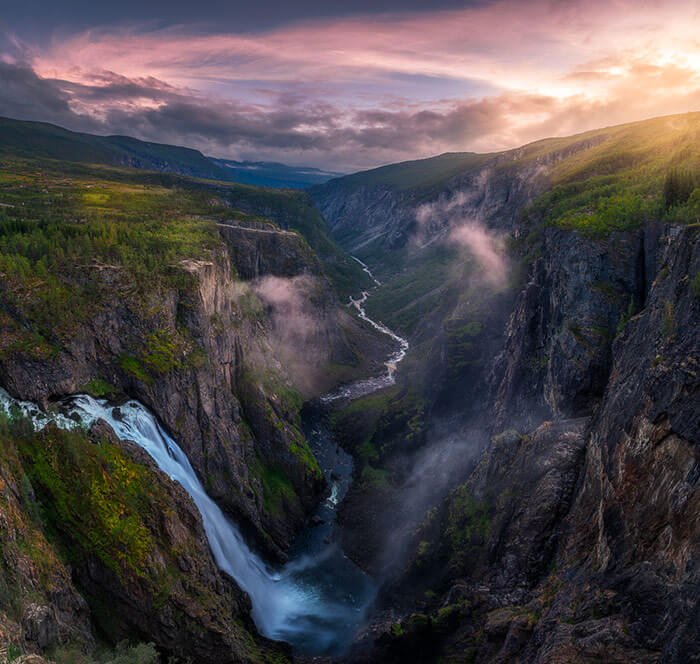
Blogs and display of photographs go hand-in-hand because a good presentation functions like a bit of storytelling. A photographer can use a blog and spin a new article and accompanying photos with every post, entertaining readers and displaying photography skill simultaneously. However, choosing the right blog format can enhance the presentation, as well as make it easier for the photographer to build the post and website. Three blog services stand out for their ease as well as tools.
WordPress
WordPress has been a blog standard for years, work both as a simple supported blog on a WordPress page as well as a medium for blogging tools on your own domain and website. That said, the technical side of WordPress, particularly for those who want to host a page on their own domain, can be a bit complicated. While the posting tools are fairly simple and use symbol directions to embed HTML coding for various effects, including photos, the hard part comes in syncing to a remote domain. In some cases, users have to hire someone to provide the initial setup, and then they can concentrate on posting. Finding a template for the webpage is not hard either; many users can find suitable free templates as well as very good professional versions for under $100.
Blogger
Blogger represents Google’s foray into the blogging world. It is designed to be as user-friendly as possible for the person who knows nothing about web page design. Because of the simplicity in the tools, most photographers can have a page set within 30 minutes. However, also due to the simplicity, the pages are very constrained and look very basic in quality level. For any kind of customization, a user will have to try and tweak the HTML coding behind the post, which gets into hours of post, view, tweak, view, tweak again, view, finally approve.
Tumblr
Tumblr works a bit different than traditional blogs. The platform functions as a subset service to a social media service. Because of this aspect, everything about Tumblr is linked to connecting photographs and posts to other resources that already exist on the Internet. That said, Tumblr interface for customers is fairly understandable via symbols, needing no technical coding to initiate. Most of the design is geared for images rather than text, so Tumblr inherently favors the photographer and electronic images in its blogs. However, photographers who worry about their images getting used without payment or credit may be leery of Tumblr. The social media aspect enhances sharing, and photos travel faster than can be controlled by the author.
No particular blog medium or service will be the perfect Shangri-la for photographers. Like any art or creative work, much depends on the artist’s own taste and desires for presentation. That said, photographers who want to spend most of their time displaying and taking photos will favor the above three offerings given their ease of use and lack of technical requirements. If nothing else, the speed in which a blog site can be established with each of these services makes them valuable for quick promotion and creation of a reference resource for others to view a photographer’s work.








